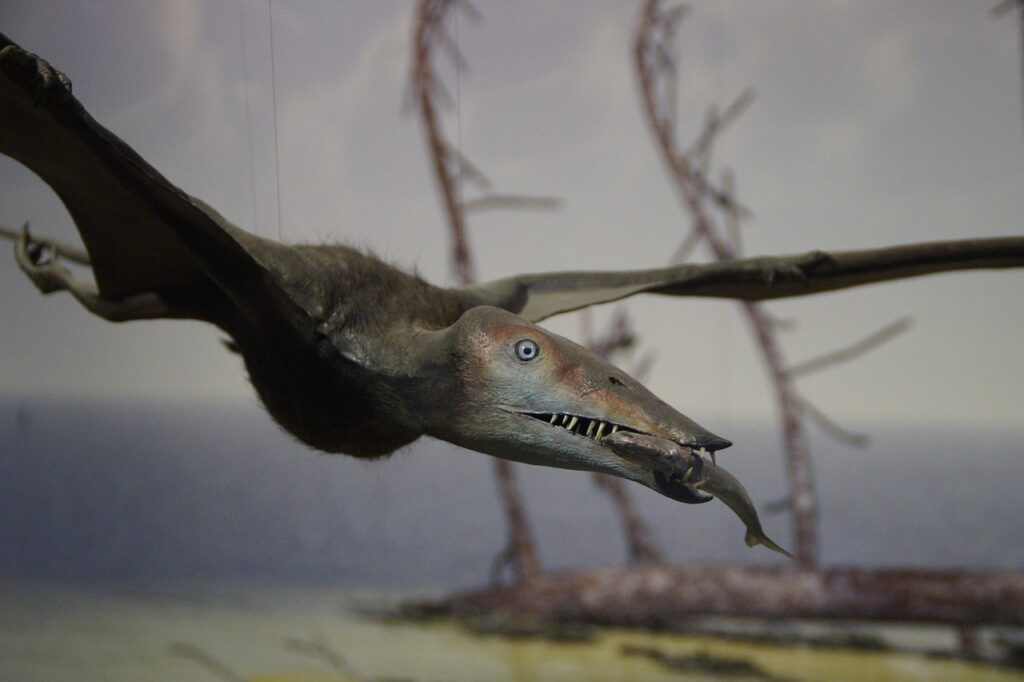Have you ever wondered how the ancient world of dinosaurs would map onto our modern understanding of elemental zodiac signs? Picture yourself standing in a steamy Cretaceous forest, surrounded by towering ferns and cycads, as mighty sauropods lumber past overhead. During the Mesozoic Era, atmospheric CO2 levels soared as high as 1,500-4,000 parts per million, temperatures ran 5 to 10 degrees Celsius hotter than today, and Earth experienced perhaps its warmest climate in geological history. This wasn’t just a different world – it was a world where the very elements themselves would have expressed their zodiacal qualities in ways we can barely imagine.
The four classical elements of Fire, Earth, Air, and Water have fascinated humans for millennia, forming the foundation of astrological understanding. Fire represents passion, earth embodies practicality, air symbolizes intellect, and water channels emotion. Yet imagine these same elemental forces playing out during the age of dinosaurs, where survival meant adapting to extreme greenhouse conditions and navigating ecosystems dominated by reptilian giants. Let’s journey back through time to discover how each zodiac element might have manifested during this incredible era.
Fire Signs in the Furnace: Aries, Leo, and Sagittarius in the Greenhouse World
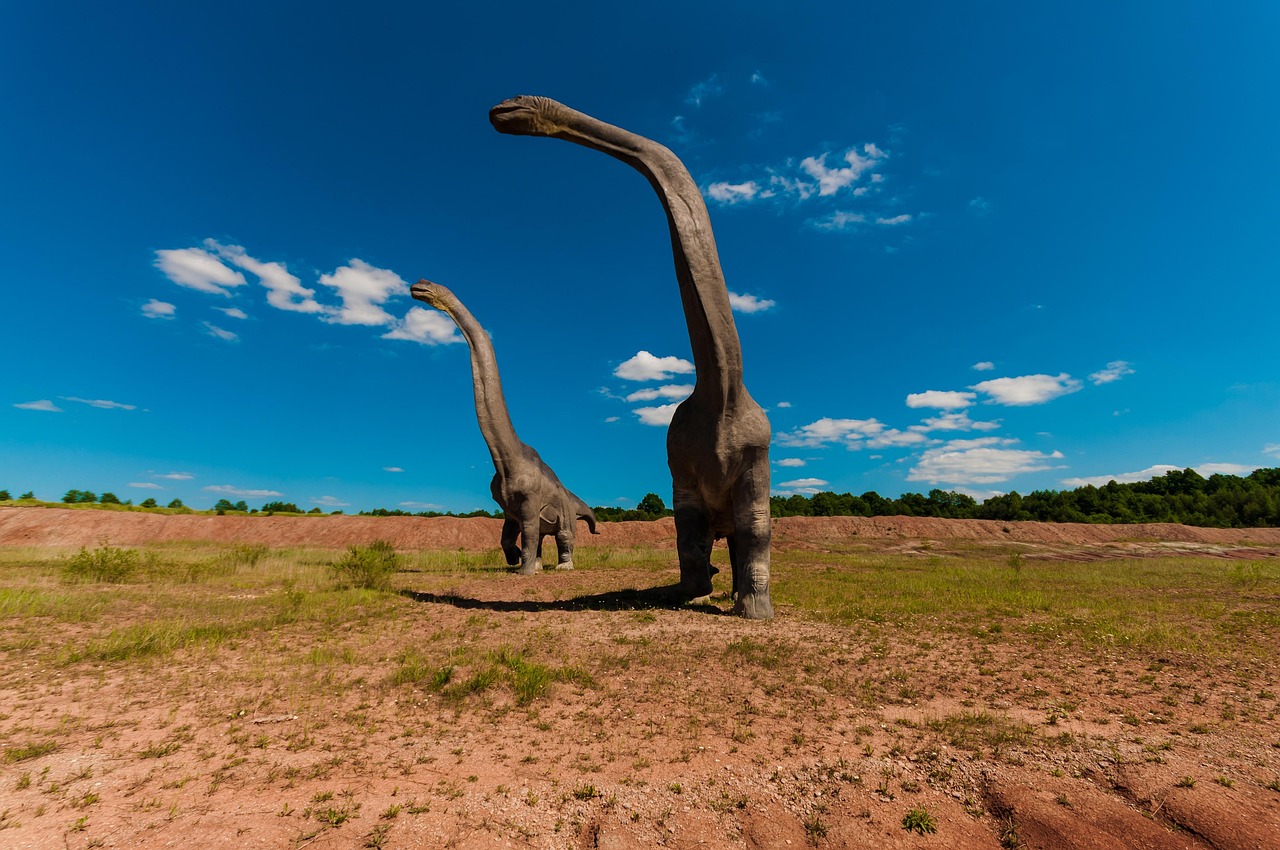
During the late Cretaceous Period roughly 78 million years ago, dinosaurs in the northern mid-latitudes experienced scorching summer temperatures averaging 27 degrees Celsius, with winters still maintaining a toasty 15 degrees. Can you imagine? Fire signs would have been absolutely in their element during this blazing epoch.
Aries energy would have thrived in this hothouse environment, much like the fearless theropod predators that stalked the ancient landscapes. The first dinosaurs that appeared in the Late Triassic weren’t the massive predators we imagine today – they were small, bipedal creatures, many of which were actually prey for giant reptiles. This perfectly captures the pioneering Aries spirit: bold enough to venture into new evolutionary territory, even when facing seemingly impossible odds.
Leo’s regal nature would have found perfect expression in the massive sauropods that dominated the Jurassic period. Brachiosaurus was a massive quadrupedal herbivore, though other sauropods like Argentinosaurus were likely even larger. These gentle giants carried themselves with the dignity befitting Leo’s royal bearing, commanding respect through sheer presence rather than aggression. The fixed nature of Leo would have resonated with these creatures’ steady, determined march across the continents as Pangaea began breaking apart into separate landmasses.
Sagittarius fire would have burned brightest in the age’s great migrations and evolutionary adventures. The rise of flowering plants contributed to dramatic biodiversity transformation, as flowers evolved alongside insects, bees, birds, and other land animals. This constant push toward new frontiers, new adaptations, and expanded horizons perfectly embodies the adventurous Sagittarian spirit that refuses to be contained.
Earth Signs Anchoring Ancient Ecosystems: Taurus, Virgo, and Capricorn
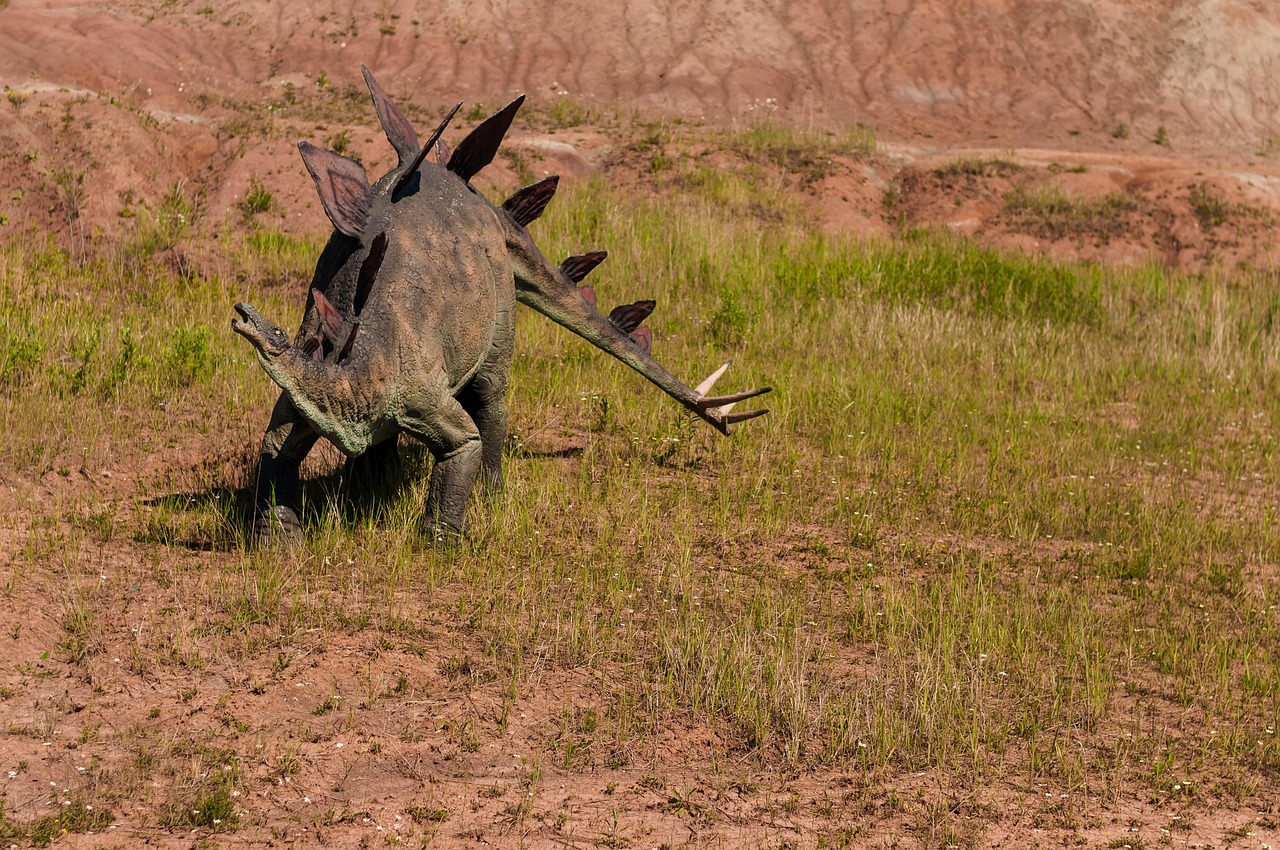
The Earth signs would have found their ultimate expression in the slow, deliberate world of herbivorous dinosaurs. Many dinosaurs like Brachiosaurus preferred tall trees, making their long necks beneficial for reaching high foliage, while species such as Stegosaurus consumed low-growing plants like ferns and shrubs. This methodical approach to survival screams Taurus energy – practical, persistent, and deeply connected to the abundance Earth provides.
Virgo’s perfectionist nature would have been perfectly suited to the intricate ecosystems of the Mesozoic. Different herbivorous species evolved to fill unique roles in their environment through niche partitioning, allowing multiple species to coexist without direct competition for food resources. This careful division of labor and attention to ecological detail reflects Virgo’s gift for organization and efficiency.
Capricorn’s ambitious, goal-oriented nature would have resonated with the incredible evolutionary achievements of the era. Lower oxygen levels during the Mesozoic Era, around 15-18% compared to today’s 21%, suggest that other factors enabled the gigantism we associate with dinosaurs. This represents the Capricorn drive to reach ever-greater heights, literally growing into the largest land animals ever to exist through patient, determined effort.
The practical Earth sign approach to life would have been essential during this time of dramatic climate shifts. The Mesozoic climate alternated between warming and cooling periods, though overall Earth remained hotter than today. Earth signs would have excelled at the steady, reliable adaptation needed to survive such environmental changes.
Air Signs Soaring Through Prehistoric Skies: Gemini, Libra, and Aquarius
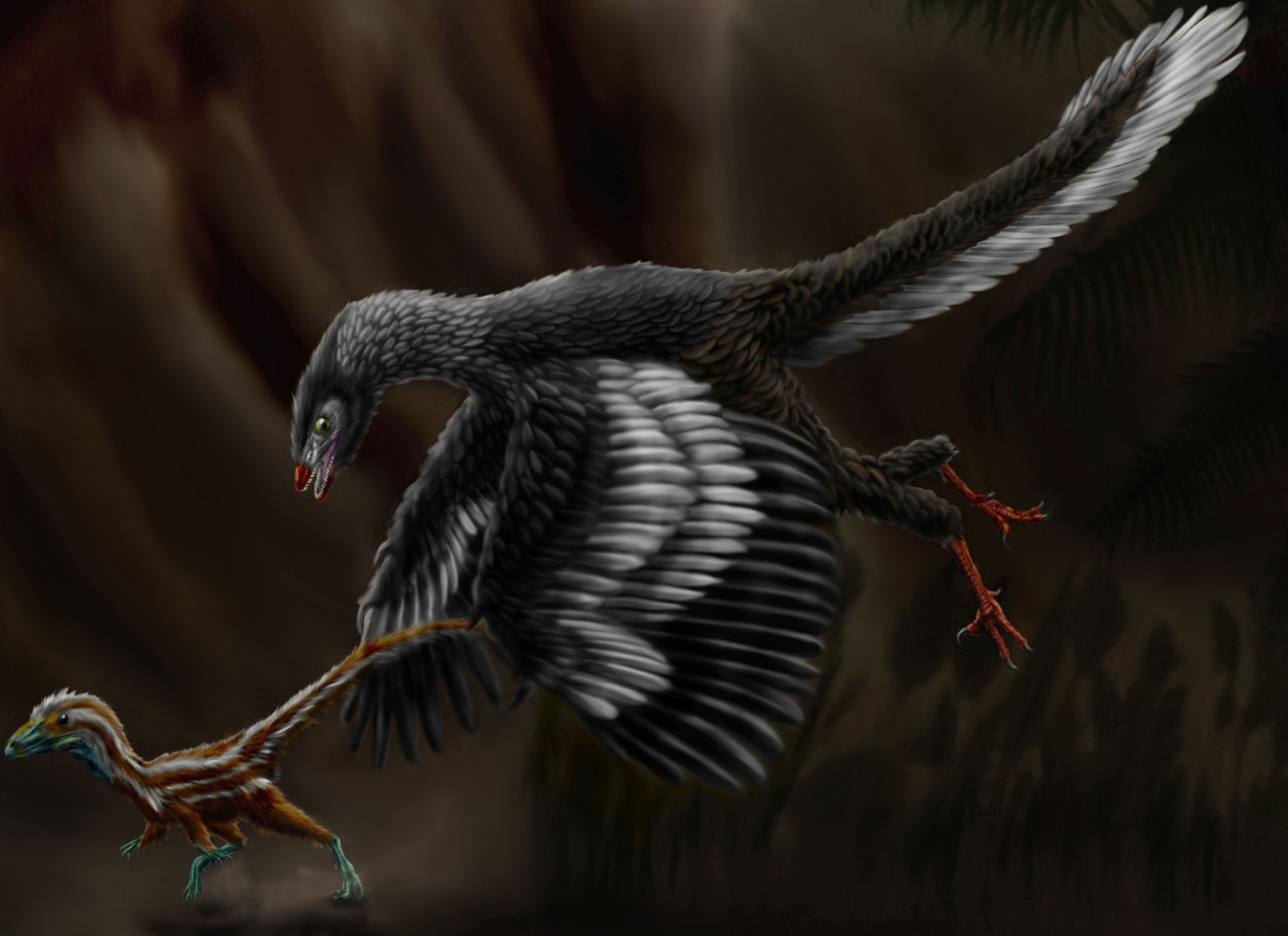
Studies show that the Cretaceous atmosphere actually contained lower oxygen levels than today, around 15-18% compared to today’s 21%. For Air signs, this oxygen-rich atmosphere would have been like breathing pure inspiration. The very air itself was more alive, more electric with possibility.
Gemini’s dual nature would have found perfect expression in the first flying creatures. Flying reptiles and the first birds appeared during this era, embodying the Air sign ability to bridge different realms of existence. Archaeopteryx, from the Upper Jurassic of Germany, is generally considered the first bird. Imagine the thrill of being the first creature to master both terrestrial and aerial domains!
Libra’s quest for balance would have been challenged and fulfilled by the complex ecosystem relationships developing during this time. Increasing predation pressures caused marine organisms to develop better defenses and burrow deeper, while predators evolved more effective hunting methods. This constant dance of action and reaction, this pursuit of equilibrium between competing forces, perfectly captures Libra’s essential nature.
Aquarius energy would have thrived in the revolutionary changes sweeping the planet. Evolutionary biologists call the Cretaceous period the Great Divergence, previously known as the Cretaceous Terrestrial Revolution. The innovative, forward-thinking Aquarius spirit would have been right at home in this era of unprecedented biological innovation and rapid evolutionary advancement.
Water Signs in the Ancient Oceans: Cancer, Scorpio, and Pisces
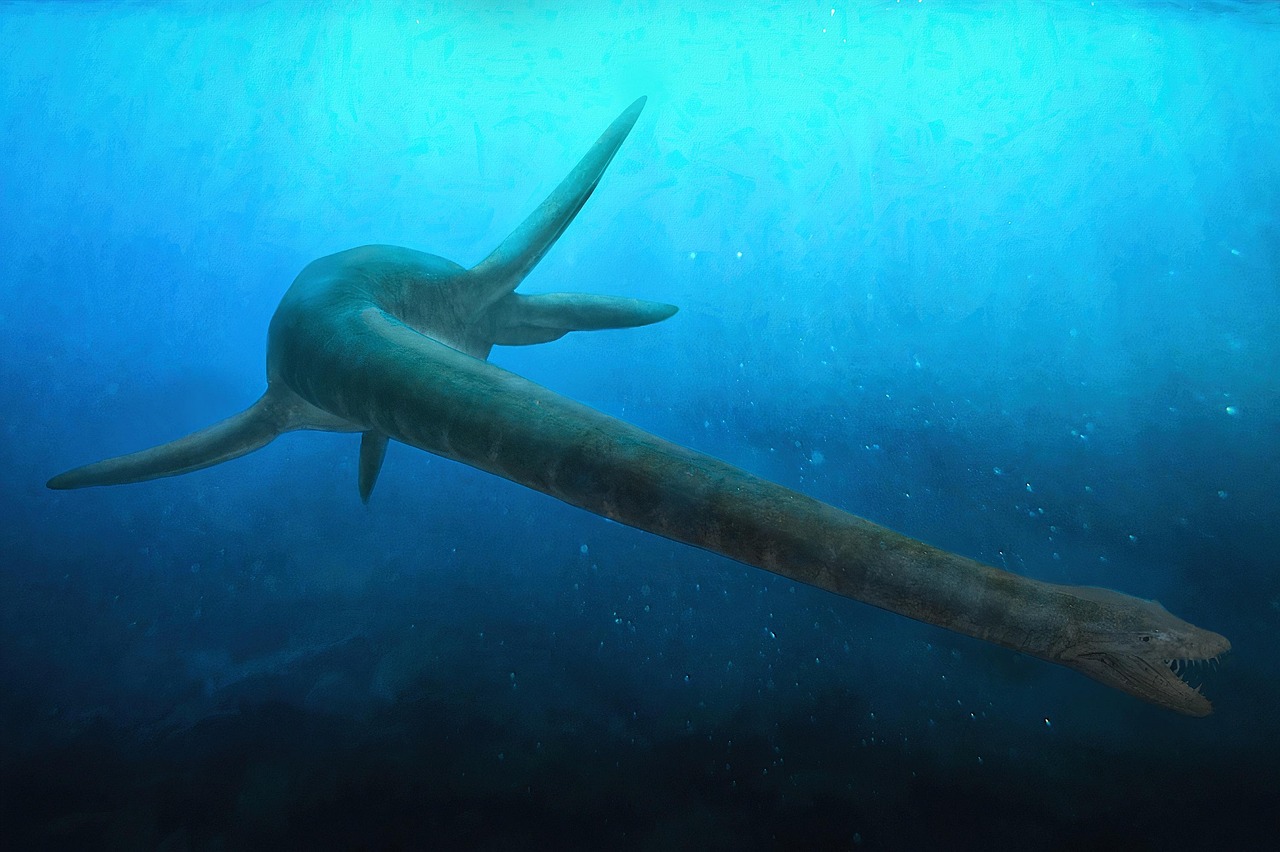
The Mesozoic oceans teemed with life that would have resonated deeply with Water sign energy. Shallow oceans contained abundant life from tiny plankton to huge, whale-sized marine reptiles. This rich emotional landscape of the seas provided the perfect environment for Water signs to flourish.
Cancer’s nurturing nature would have found expression in the era’s family dynamics. New herbivore dinosaurs evolved during the Cretaceous, including Triceratops, while the earliest specialized mammals such as marsupials and placental mammals also appeared. The protective instincts that drive Cancer would have been essential for these early mammals and their sophisticated parenting strategies.
Scorpio’s intensity and transformative power would have been perfectly suited to the dramatic changes occurring throughout the Mesozoic. Three of the five largest mass extinctions in Earth’s history are associated with the Mesozoic era. This constant cycle of death and rebirth, destruction and regeneration, speaks to Scorpio’s deep understanding of life’s most profound mysteries.
Pisces would have thrived in the dreamy, almost otherworldly quality of the ancient marine environments. Ichthyosaurs and the first plesiosaurs became abundant in the seas, with plesiosaurs being large animals with long necks and tails and four paddles for limbs. These graceful marine reptiles embodied the fluid, mystical quality that defines Pisces energy – creatures perfectly adapted to life in the watery depths of intuition and emotion.
Fire Element Volcanic Intensity: When Passion Shaped Continents
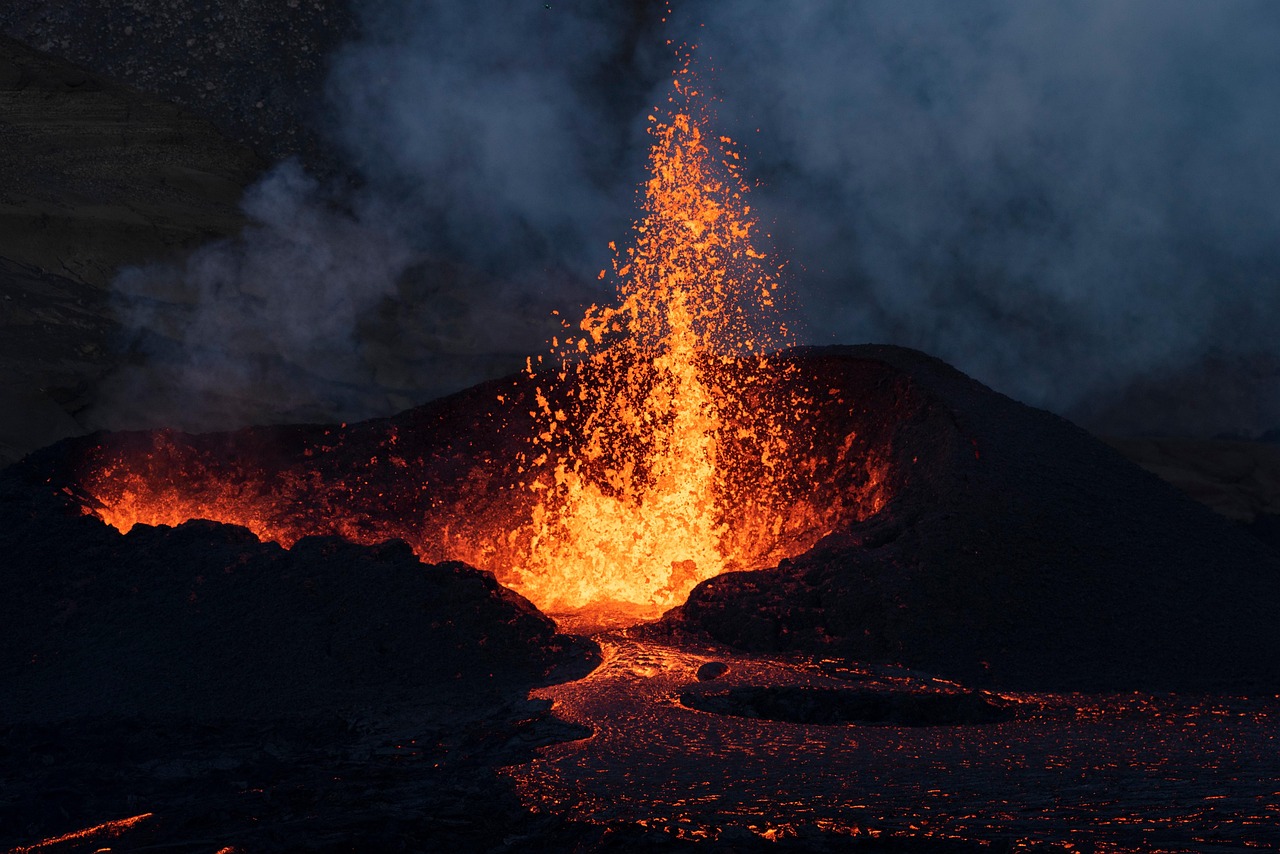
The Cretaceous period created an intense “greenhouse” climate on the planet when atmospheric CO2 levels and temperatures were higher than today. Fire element energy during this time wouldn’t have been subtle or contained – it would have literally reshaped the world through volcanic activity and continental drift.
The passionate, transformative power of Fire signs would have resonated with the geological forces breaking apart Pangaea. Over time, the landmasses separated into the seven continents and five oceans we see today, with plate tectonics serving as the mechanism that tore continents apart. This dramatic reshaping of Earth’s surface reflects Fire’s ability to initiate change through sheer force of will.
The dry Triassic climate was replaced by a warm, moist subtropical climate that brought forth an explosion of new life forms, creating a world ripe for opportunists like the remarkable dinosaurs. Fire signs would have thrived in this energy of rapid expansion and bold colonization of new ecological niches. The very atmosphere seemed to burn with creative possibility.
Think about how Fire sign characteristics would have manifested in the predatory dinosaurs of the era. Tyrannosaurus rex was one of the largest two-legged carnivores to ever live, capable of consuming up to 500 pounds of meat in one bite. This embodies the intense, all-consuming passion that drives Fire signs when they’re pursuing their goals.
Earth Element Foundations: The Slow Builders of Prehistoric Worlds

Earth signs would have been the unsung heroes of the Mesozoic Era, providing the steady foundation that allowed more dramatic changes to occur. At the bottom of the food chain, plants became essential sources of food, with some dinosaurs adapting as carnivores and others as herbivores, though most were plant-eaters that snacked on conifers.
The patient, methodical approach of Earth signs would have been essential for the massive herbivores that dominated the landscape. The largest herbivorous dinosaurs weighed about 100 tons and needed to consume 235 to 500 pounds of vegetation every day. This represents the Earth sign dedication to practical matters and the patient accumulation of resources necessary for survival.
Conifers continued to be the most diverse large trees, while cycads became so abundant that the Jurassic is sometimes called the “Age of Cycads”. These slow-growing, long-lived plants perfectly embody Earth sign values: reliability, persistence, and the ability to provide stable foundation for entire ecosystems.
The Earth element’s connection to material reality would have been crucial during the era’s environmental challenges. There were climatic variations due to alternating wet/dry and cold/hot seasons that influenced plant community distribution, with conifers, cycads, and ferns being common. Earth signs would have excelled at adapting to these practical challenges while maintaining their essential role as ecosystem anchors.
Air Element Innovation: The Breath of Evolutionary Change

The Air element would have been literally and figuratively revolutionary during the age of dinosaurs. Despite oxygen levels being lower during the Mesozoic (15-18% compared to today’s 21%), dinosaurs achieved remarkable gigantism through other physiological adaptations. This supercharged atmosphere would have amplified Air sign qualities of intellectual curiosity, communication, and innovative thinking.
Air signs would have been fascinated by the era’s groundbreaking evolutionary developments. Birds made their first appearances, having evolved from theropod dinosaurs, with the first official ‘bird’ called Archaeopteryx beginning to diversify by the end of the Jurassic period. This represents the Air sign ability to take abstract concepts and make them real through intellectual innovation.
One pterosaur, Quetzalcoatlus, was a giant with a wingspan of 10 meters, though pterosaurs ultimately declined to extinction at the end of the period. The rise and fall of these magnificent flying reptiles captures the Air sign pattern of brilliant innovation followed by the need to adapt or perish. Air signs understand that ideas must evolve to survive.
The communicative aspect of Air signs would have been essential as marine life diversified and evolved spectacular adaptations while continental movement and rising sea levels created new environments that accelerated species evolution. Air signs would have excelled at the complex information exchange necessary to navigate these rapidly changing conditions.
Water Element Depths: Emotional Currents in Ancient Seas

Water signs would have found their ultimate expression in the rich emotional landscape of Mesozoic marine environments. Ammonites rapidly became common marine invertebrates and important index fossils, while mollusks, sharks, and bony fishes flourished during the Jurassic. These diverse underwater communities would have provided the perfect environment for Water sign sensitivity and intuition to flourish.
The nurturing aspect of Water signs would have been crucial during the era’s family evolution. Plesiosaurs emerged in Jurassic oceans as marine reptiles that gave birth to live young instead of laying eggs. This revolutionary approach to reproduction reflects the Water sign understanding that emotional bonds and protective care are essential for species survival.
Water sign emotional depth would have been perfectly suited to navigating the era’s dramatic transformations. During the Jurassic and Cretaceous, marine ecosystem ecology began changing as rapid diversity increases occurred alongside rising predation pressures. Water signs would have intuitively understood these shifting emotional currents in the biological community.
Ichthyosaurs declined while plesiosaurs and giant lizard-like mosasaurs became abundant in marine fauna, though all became extinct at or before the end of the Cretaceous. This cycle of rise and fall, the deep emotional connection to mortality and regeneration, speaks to Water signs’ profound understanding of life’s most mysterious rhythms.
Elemental Interactions: How Fire, Earth, Air, and Water Collaborated
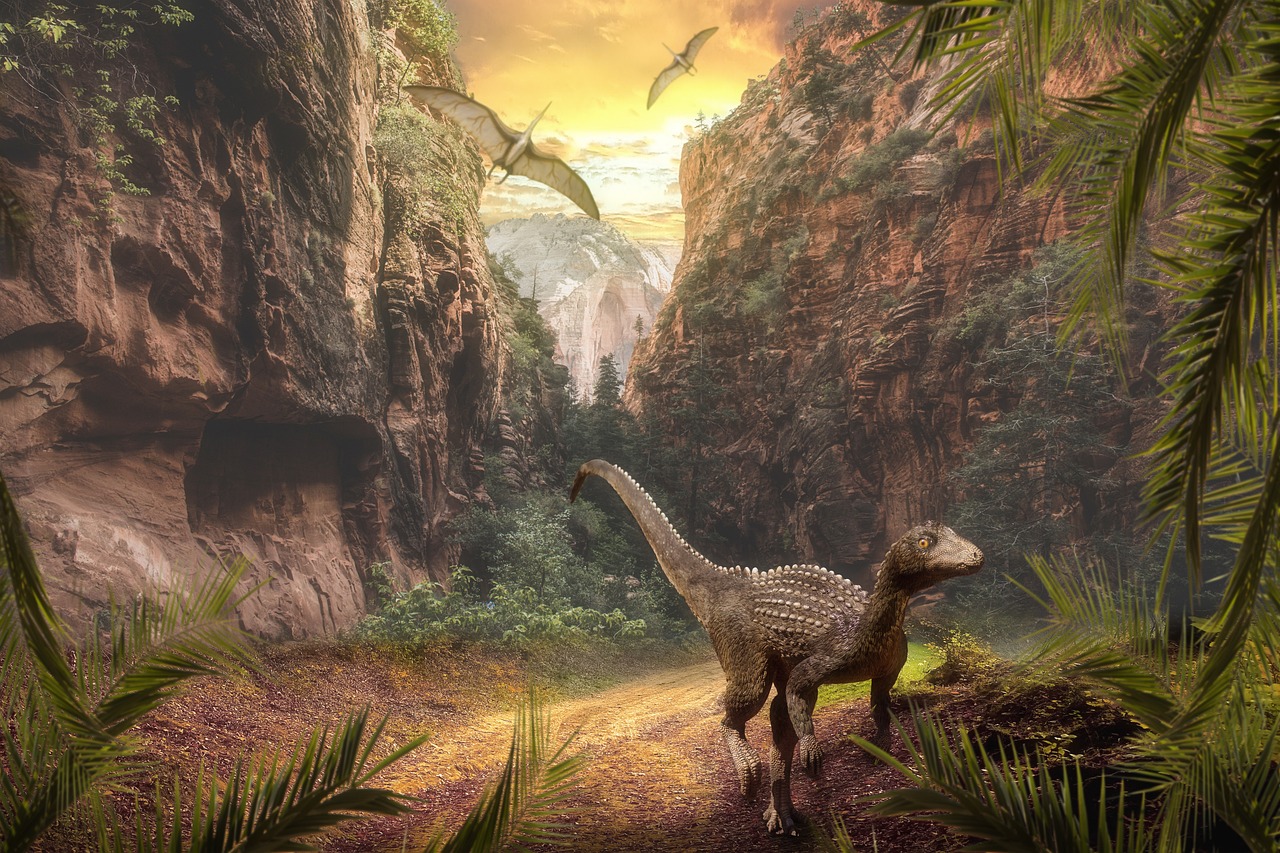
The true magic of the dinosaur age lay not in individual elemental expression, but in how all four elements worked together to create something unprecedented. Dinosaurs became so diverse and well-adapted that they occupied all ecological niches on land, with surviving organisms diversifying almost immediately to establish renewed and abundant ecosystems.
Fire element passion drove the rapid evolutionary innovations, while Earth element stability provided the foundation for these changes to take root. These interactions created ecosystem balance, with large herbivore grazing helping regulate populations through resource competition. Air element innovation facilitated communication and adaptation across changing environments, while Water element intuition guided the deep emotional bonds necessary for species survival.
Consider how all four elements would have worked together during major environmental shifts. Surface water temperatures were about 30°C at the Equator year-round, while at the poles they reached 14°C in winter and 17°C in summer. Fire signs would have thrived in the intense heat, Earth signs would have provided stability during transitions, Air signs would have innovated solutions for temperature regulation, and Water signs would have navigated the emotional challenges of such extreme conditions.
The collaborative nature of elemental energy during this time reflects the modern understanding that we all have a mix of elements in our birth chart, and understanding how these elements interact can help find balance in life. The dinosaurs succeeded because they embodied this elemental balance, adapting their Fire passion, Earth stability, Air innovation, and Water intuition to thrive in an ever-changing world.
The Great Extinction: When Elements Faced Ultimate Transformation
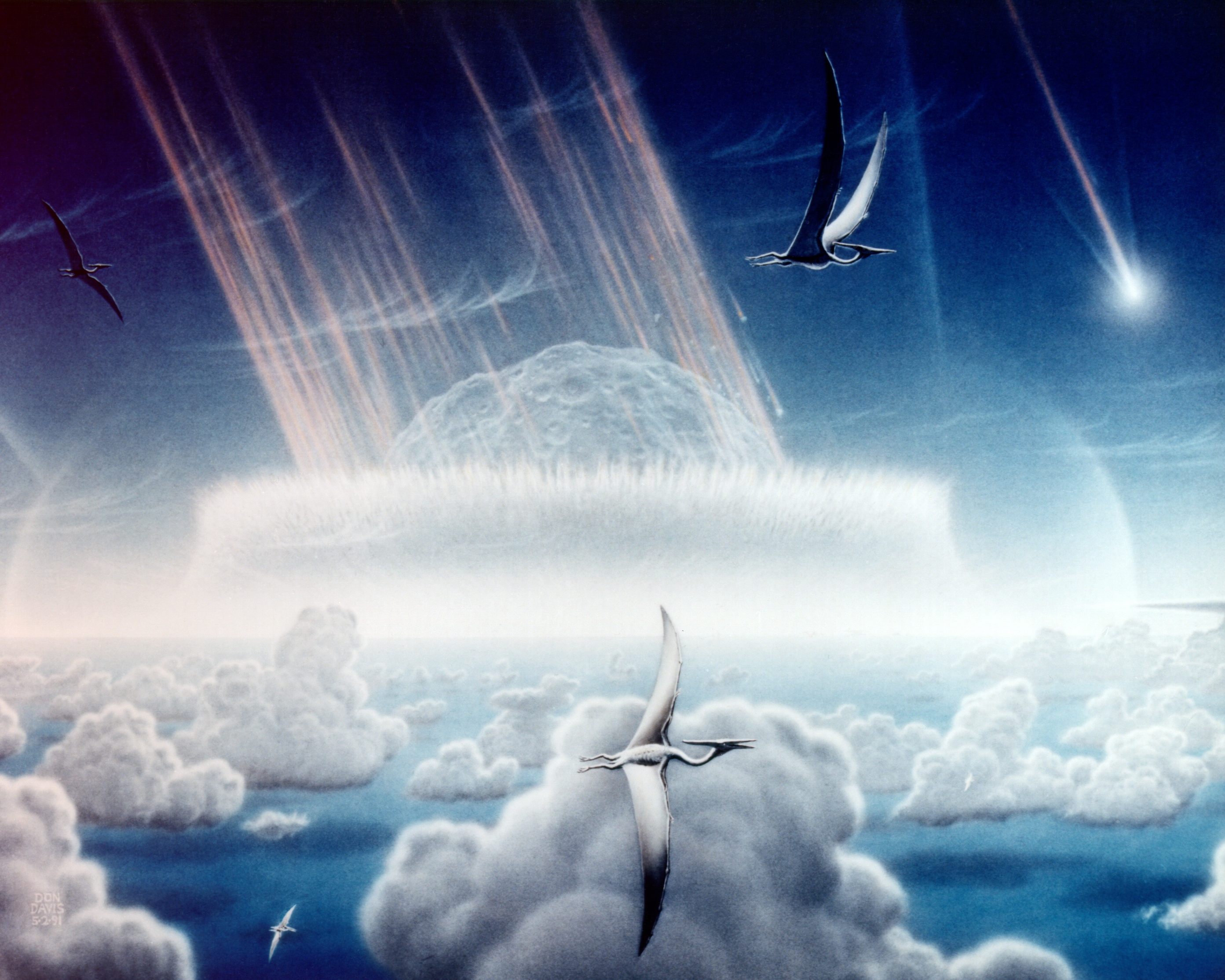
The end of the dinosaur age represents perhaps the ultimate test of elemental resilience. A large meteor impact 66 million years ago created the Chicxulub Crater in the K-Pg Extinction event, causing 75% of life to become extinct, including all non-avian dinosaurs. This catastrophe would have challenged every elemental sign’s coping mechanisms.
Fire signs would have faced their greatest fear: the complete extinguishing of their passionate flame. Six months of total darkness and 10 years of global freezing ultimately destroyed the dinosaurs, though many species survived and evolution took a new turn toward mammals and eventually humankind. Yet some Fire energy persisted in the birds that survived, carrying the spark of dinosaur heritage into our modern world.
Earth signs would have struggled with the complete breakdown of the stable foundations they’d worked so hard to build. The entire ecosystem faced extreme environmental conditions that well-established species like dinosaurs simply couldn’t cope with during months of darkness and years of global freezing. However, Earth sign persistence ultimately prevailed in the small mammals that survived by adapting to harsh new realities.
Air signs would have been challenged by the toxic, sulfur-rich atmosphere that followed the impact. Atmospheric conditions similar to Venus’s cloudy atmosphere created sulfuric acid clouds that may have blanketed Earth for more than a decade after the initial impact. Yet Air sign adaptability ensured that some flying creatures survived to eventually repopulate the skies.
Water signs would have felt the deep emotional trauma of this planetary catastrophe most intensely, yet their intuitive understanding of cycles and regeneration would have prepared them for the eventual renewal. Miraculously, many species survived the catastrophe and evolution took a new turn, ushering in the era of mammals and eventually humankind.
Lessons from Elemental Dinosaurs: What Modern Zodiac Signs Can Learn
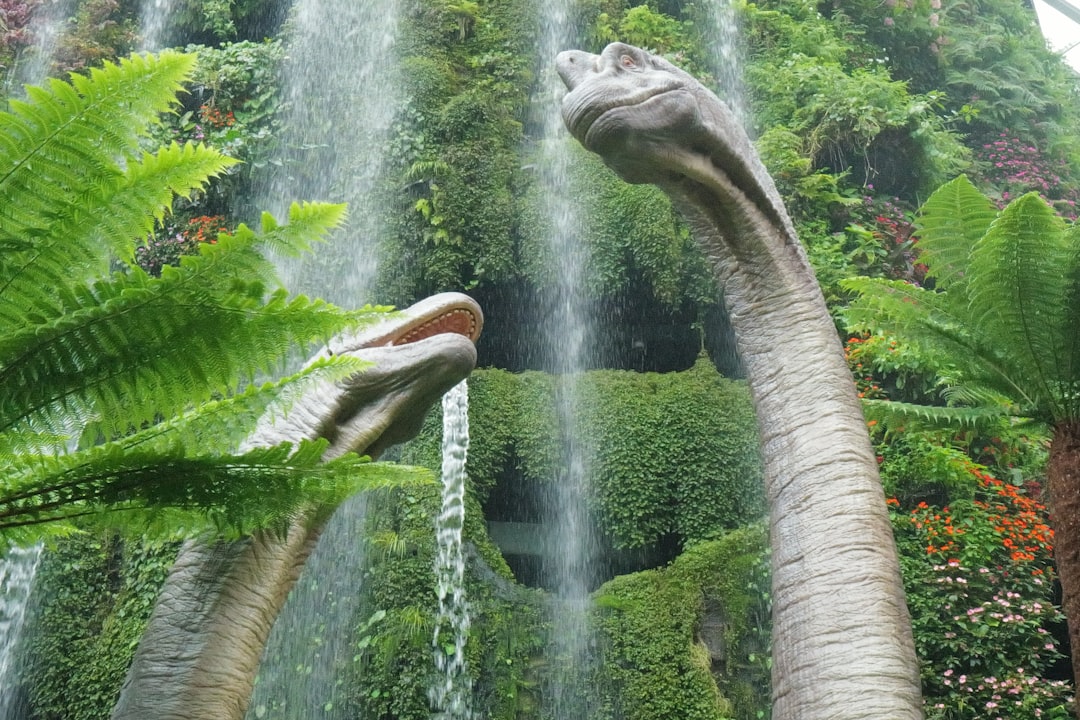
The age of dinosaurs offers profound lessons for how modern zodiac signs can harness their elemental energy more effectively. Scientists have found that during several periods of Earth’s history, organisms experienced radically higher carbon dioxide concentrations and hotter temperatures than today, but most changes occurred at rates that allowed adaptation and evolution.
Fire signs can learn from the dinosaur age that passion must be paired with adaptability. The most successful dinosaur predators weren’t just fierce – they were intelligent, adaptable, and capable of evolving their strategies. Modern Fire signs would benefit from remembering that true leadership requires not just bold action, but also the wisdom to adapt when circumstances change.
Earth signs can draw inspiration from the incredible patience and persistence shown by herbivorous dinosaurs. Herbivorous dinosaurs had diverse diets and unique feeding strategies that helped them thrive in different environments, with adaptations allowing them to consume various vegetation types and occupy specific ecological niches. Modern Earth signs should remember that true success comes from methodical specialization rather than trying to compete directly with others.
Air signs can learn from the revolutionary innovations that emerged during the dinosaur age. The development of flight, the evolution of complex communication systems, and the adaptation to new atmospheric conditions all demonstrate that Air sign innovation works best when it serves a practical evolutionary purpose. Modern Air signs should focus their intellectual gifts on solving real-world problems.
Water signs can take comfort from the era’s demonstration that emotional depth and intuitive wisdom are essential for species survival. Some herbivorous dinosaurs adapted to avoid predators by developing behaviors and physical traits that enhanced survival, contributing to ecosystem complexity. Modern Water signs should trust their instincts and remember that sensitivity is a strength, not a weakness.
Conclusion: The Eternal Dance of Elements Through Time

Standing at the edge of deep time, looking back at the age of dinosaurs, we see that the four elements have always been the fundamental forces shaping life on Earth. Fire drove the passionate innovations that led to new species. Earth provided the stable foundations that allowed ecosystems to flourish. Air facilitated the revolutionary changes that expanded life into new realms. Water guided the intuitive wisdom that helped creatures navigate an ever-changing world.
The dinosaurs may be gone, but their elemental legacy lives on in us. Every time an Aries charges forward with pioneering spirit, they channel the energy of the first small dinosaurs venturing into new evolutionary territory. When a Taurus patiently builds something lasting, they echo the great herbivores that methodically shaped ancient landscapes. The intellectual curiosity of Gemini reflects the innovation that first took flight in prehistoric skies, while the emotional depth of Pisces carries forward the ancient wisdom of creatures who navigated the mysterious depths of primordial seas.
Perhaps most remarkably, we’ve learned that no single element dominates – true success comes from the dynamic interaction of all four forces working together. The age of dinosaurs shows us that whether we’re facing personal challenges or global changes, we need Fire’s passion, Earth’s stability, Air’s innovation, and Water’s wisdom working in harmony.
What do you think? Can you see your own zodiac element reflected in these ancient forces that shaped our planet millions of years ago? Tell us in the comments how you might have thrived in the age of dinosaurs!

